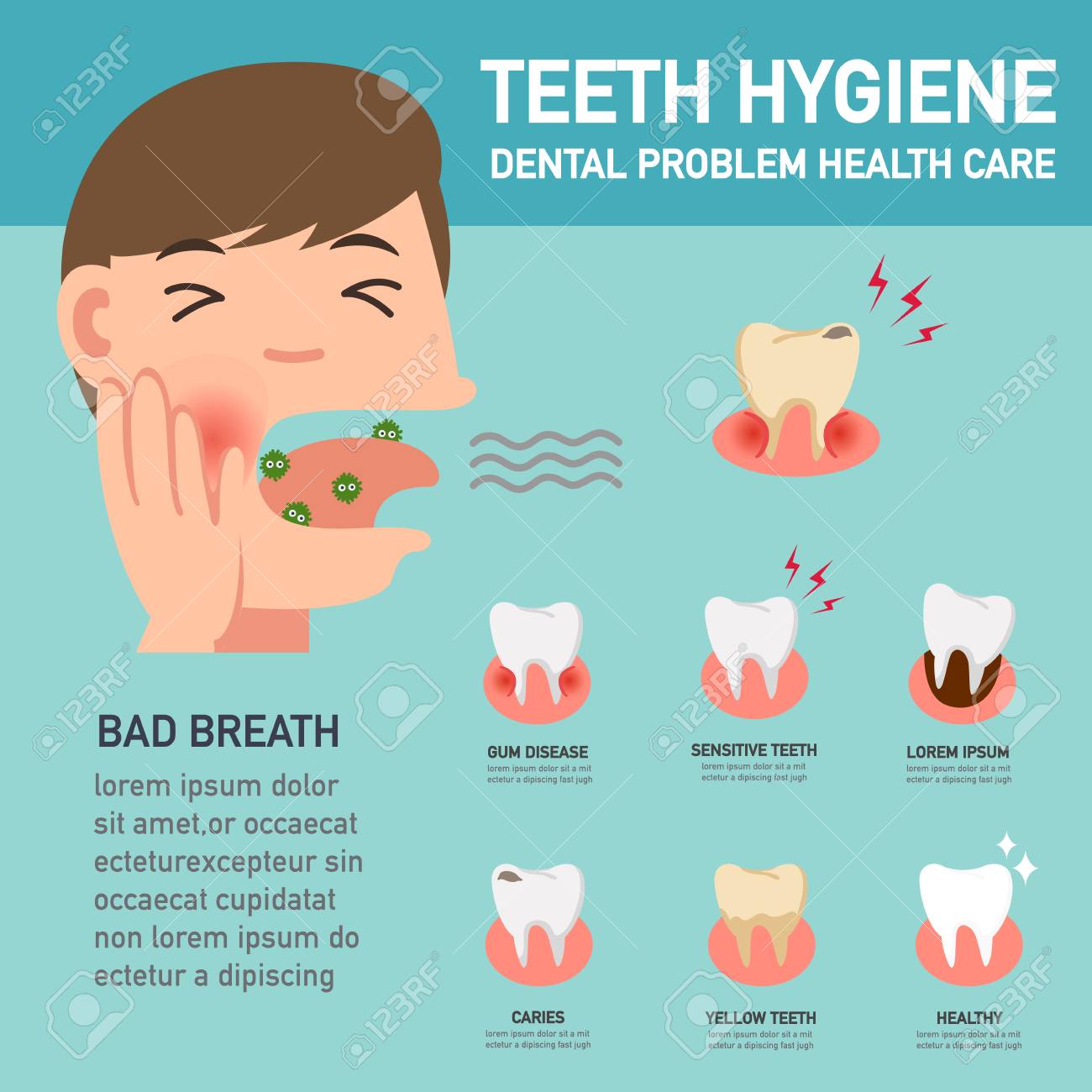React Without Delay And Comply With These Needed Actions To Improve The Possibility Of Saving Your Drawn Out Tooth - Every Second Is Important!
React Without Delay And Comply With These Needed Actions To Improve The Possibility Of Saving Your Drawn Out Tooth - Every Second Is Important!
Blog Article
Material Create By-Ellison Michael
If you find yourself in the unfortunate scenario of knocking out a tooth, knowing the immediate actions to take can make a substantial difference in conserving your tooth. Handling it correctly and acting quickly are critical in raising the chances of effective re-implantation. However what should you do beside make certain the best result for your knocked-out tooth?
Taking Care Of the Knocked-Out Tooth
If you have knocked senseless a tooth, manage it very carefully to increase the possibilities of effective reattachment. Initially, find the tooth and pick it up by the crown, staying clear of touching the origin. It's crucial to keep the tooth wet, so when possible, try to gently put it back right into the outlet.
If that's not practical, keep the tooth in a container with milk or your saliva to maintain it hydrated. Remember not to scrub or tidy the tooth with any chemicals, as this can harm the fragile cells needed for reattachment.
Stay emergency pediatric dentist of wrapping the tooth in cells or cloth, as this can cause dehydration. Time is important, so look for dental care right away. The longer the tooth is out of its socket, the lower the chances of successful reimplantation.
Immediate First Aid Steps
Begin by carefully washing your mouth with warm water to clean the area around the knocked-out tooth. This will assist remove any dirt or debris that might exist. Take care not to scrub or touch the origin of the tooth, as this can cause more damage.
Next off, ideally, attempt to position the tooth back into its outlet. Hold it in position by delicately biting down on a clean item of gauze or cloth. If you can't reinsert the tooth, do not force it. Instead, keep it damp by positioning it in a cup of milk or saline option. Prevent keeping the tooth in water as it can harm the origin cells.
To manage any blood loss, use gentle stress to the location using a clean gauze or towel. You can also use a chilly compress to minimize swelling and soothe discomfort. Remember to take over-the-counter discomfort medication as needed.
Looking For Emergency Situation Dental Treatment
When managing a knocked-out tooth, looking for emergency situation oral treatment immediately is vital to boost the chances of conserving the tooth. Contact your dental expert right away or head to the closest emergency oral clinic. Time is of the essence in such scenarios, as the quicker you obtain treatment, the higher the chance of effective re-implantation.
Emergency oral treatment carriers are equipped to handle dental emergency situations, including knocked-out teeth. They have actually the competence to analyze the problem of the tooth, address any going along with injuries, and take the required actions to try to save the tooth. Keep in mind to deal with the tooth thoroughly, holding it by the crown and preventing touching the origin, to maintain its viability.
Delaying looking for emergency dental care can considerably reduce the opportunities of saving the tooth. Without kids emergency dentist , the tooth might not be salvageable. Act quickly, comply with the support of the dental specialists, and raise the opportunities of protecting your all-natural tooth.
Verdict
Remember, quick activity is key when taking care of a knocked-out tooth. Manage the tooth thoroughly, wash with water, reinsert when possible, or shop in milk/saline remedy.
Apply stress and chilly compress to control bleeding and swelling. Seek emergency dental care immediately for the best chance of saving the tooth.
Time is of the essence, so do not delay in getting expert assistance to maintain the tooth's viability.
